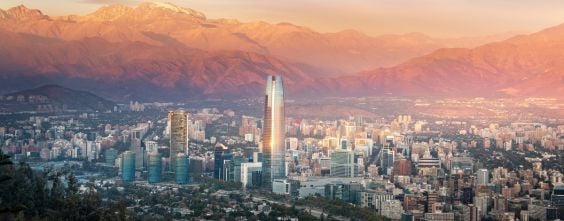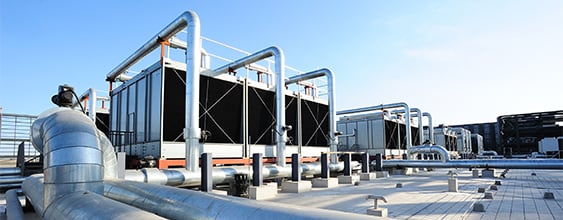In fact, “building green” or building for sustainability is becoming an industry standard in the local commercial market – largely driven by continuous and growing pressure being placed on the built space to address inadequate energy resources, carbon reduction targets and recently revised building energy efficiency standards for the country. Architects and consulting engineers are therefore constantly coming up with alternative and cost-efficient building designs to offset the pressure on energy consumption, which in the long-term are not only financially beneficial due to reduced energy consumption, but the use of renewable and more sustainable energy resources also has the propensity to reduce the carbon emissions emitted by these buildings and provide increased resilience to uncertain service delivery.
Thinking bigger on the constructs
While the design concepts, innovations and building methods that make a building green may be used on a number of built projects within a certain radius or precinct, a collection of green buildings is not enough to make up a green town or green city.
A town or city has layers of impact that extend far beyond the boundaries of individual buildings, and on a microeconomic scale some of the primary considerations should include the;
- Atmosphere - air quality, ozone depletion and, urban heat island
- Built environment – buildings, public spaces, amenities, and services
- Urban infrastructure – particularly access to transport, water, waste, energy and food
- Natural attributes – land, water and air quality and/or contamination
- Social impacts – ICT, connectivity, sense of space and community, etc.
With this in mind, we also have to realise that the urban form will not rapidly and materially transform itself towards more efficient and compact towns or cities, as a green city is a complex undertaking for any economy – whether developed or emerging.
To put this in perspective; traditional urban design – of precincts, towns or cities - has always been underpinned by pillars of civil engineering, electrical engineering, environmental consulting, traffic engineering and town planning, and these disciplines have always acted independently of one other. However, in the development of a sustainable city one needs to not only break down the barriers of isolation between these disciplines, but in addition, remember to incorporate though not limited to; transport engineering, future energy, climate change strategy, water, waste management and socio-ecological systems into the preliminary planning stages. Resulting in, the design and development of future cities – that are innovatively smart, ergonomic and sustainable.
In South Africa the complexities to developing greener cities is further exacerbated by constraints of inadequate infrastructure and currently the primary economic focus - in public and private sectors alike – is on job creation and economic survival, over energy and carbon efficiency’s capital intensive measures, for instance. That said, in recent years we have noted that developers are starting to ask different questions of the consulting engineering practice and, particularly whether precincts will head in the same direction as green buildings and if this will see the same uptake in future developments.
These are very valid questions as, if South Africa is going to make any significant strides in developing sustainable infrastructure or greener cities, then – through engagement with and collaboration between the public and private sectors and investment communities – we will need to develop new infrastructure models that encourage and enable the assistance of the private sector into what has previously solely been a public sector responsibility. As for infrastructure to be truly sustainable it needs to take into account the future potential demands of the whole precinct, and enable the integration of services and systems through the use of shared services and utilities, as well as be financially and technically flexible for servicing energy, water and waste/materials requirements of the city.
Sustainability lens [at every stage] is critical
As we look to build cities and spaces able to support continued and future growth – of populations, industries and economies – that are also liveable, resilient to disruptions, and futureproofed, sustainability is the way to get there.
Sustainability is a lens through which the planning, project delivery, and development processes focus to achieve the needs of the communities today without sacrificing capacity for future generations. A sustainability lens always includes balancing priorities across several areas, including the economy, community needs, and environmental quality, but also equity, health and well-being, energy, water and materials resources, and transportation and mobility needs.
Urbanisation, demographic shift, environmental changes and new technologies are reshaping the way city leaders are looking at sustainability – both out of necessity and opportunity. Resilience and liveability must be the desired outcomes sought through planning and design processes - and, ultimately the goal should be that we are building liveable spaces that are people-centric, integrated, connected, smart, nimble and resilient - where societies can thrive, well into the future.














